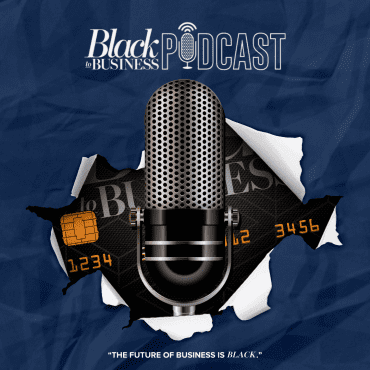424: Savings Series – Everything You Need to Know About CDs
What exactly is a CD and is it worth using? Welcome back to our Saving Series! Last week was all about High Yield Savings Accounts. This week let’s tackle CDs […]
 play_arrow
play_arrow
 play_arrow
play_arrow
 play_arrow
play_arrow
S12 Ep185: 05/17/24 – Cardi B is Not Dropping Album This Year & Another GMA3 Scandal? podcast
 play_arrow
play_arrow
Leave Me Out podcast
 play_arrow
play_arrow
 play_arrow
play_arrow
 play_arrow
play_arrow
Author Tina Siemens talks personal history, museum on Conversations LIVE podcast
 play_arrow
play_arrow
23. Masculine/Feminine podcast
 play_arrow
play_arrow
Event Planner, Author and Entrepreneur Melissa Banks stops by Conversations LIVE podcast

What do I do with new donors so I don't lose them?
The answer is: Learn as much about your new donors as possible so that you can communicate with them better and more intimately.
In today’s episode, I’m going to give you an easy, low-hanging fruit strategy for gathering information about your donors so that you can begin to segment and personalize your emails, donor appeals, and even events.
What Listeners Will Learn:
Key Takeaways:
Step-by-Step Process:
Resources Mentioned:
Connect With Brooke
What exactly is a CD and is it worth using? Welcome back to our Saving Series! Last week was all about High Yield Savings Accounts. This week let’s tackle CDs […]






Copyright Blackpodcasting 2023